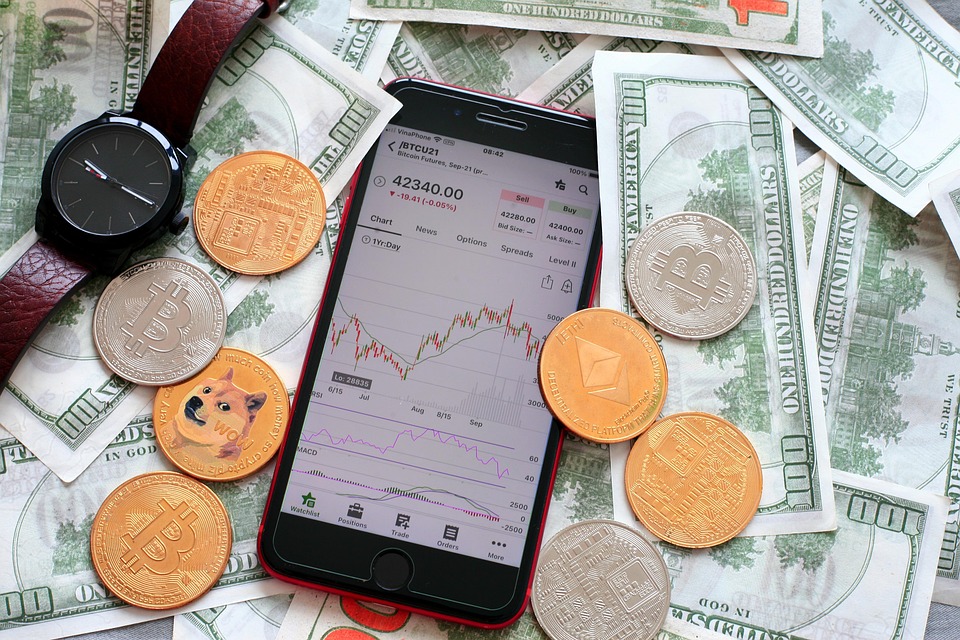Understanding AI-Driven Trading Platforms: A Comprehensive Guide
In recent years, the financial landscape has undergone a significant transformation, largely due to the advent of artificial intelligence (AI). AI-driven trading platforms have emerged as powerful tools for investors and traders, offering advanced analytics, predictive modeling, and automated trading capabilities. This comprehensive guide aims to demystify AI-driven trading platforms, exploring their functionalities, benefits, challenges, and future prospects.
What is an AI-Driven Trading Platform?
An AI-driven trading platform utilizes machine learning algorithms and data analytics to make trading decisions. These platforms analyze vast amounts of market data, identify patterns, and execute trades at speeds and efficiencies that are beyond human capabilities. By leveraging AI, traders can gain insights that help them make informed decisions, optimize their strategies, and ultimately enhance their trading performance.
Key Features of AI-Driven Trading Platforms
1. **Data Analysis and Insights**: AI-driven platforms can process and analyze large datasets, including historical price movements, trading volumes, and market sentiment. This capability allows traders to identify trends and make predictions about future price movements.
2. **Algorithmic Trading**: Many AI trading platforms employ algorithmic trading strategies, which automate the buying and selling of assets based on predefined criteria. This automation reduces the emotional aspect of trading and allows for more disciplined decision-making.
3. **Risk Management**: AI can help traders manage risk by analyzing market conditions and adjusting trading strategies accordingly. This includes setting stop-loss orders and diversifying portfolios to mitigate potential losses.
4. **Real-Time Monitoring**: AI-driven platforms provide real-time monitoring of market conditions, enabling traders to react quickly to changes. This feature is crucial in fast-paced markets where timing can significantly impact profitability.
5. **Sentiment Analysis**: By analyzing news articles, social media, and other sources of information, AI can gauge market sentiment and its potential impact on asset prices. This insight can be invaluable for traders looking to capitalize on market movements.
Benefits of Using AI-Driven Trading Platforms
1. **Increased Efficiency**: AI can process information and execute trades much faster than human traders, allowing for more opportunities to capitalize on market movements.
2. **Enhanced Decision-Making**: With access to advanced analytics and predictive modeling, traders can make more informed decisions based on data rather than emotions.
3. **24/7 Trading**: AI-driven platforms can operate around the clock, allowing traders to take advantage of global markets without the need for constant supervision.
4. **Customization**: Many AI trading platforms offer customizable features, allowing traders to tailor their strategies to fit their individual risk tolerance and investment goals.
Challenges and Considerations
While AI-driven trading platforms offer numerous advantages, they are not without challenges:
1. **Market Volatility**: AI algorithms can sometimes misinterpret market signals, leading to erroneous trades, especially in highly volatile conditions.
2. **Data Quality**: The effectiveness of AI-driven trading relies heavily on the quality of the data being analyzed. Poor data can lead to inaccurate predictions and suboptimal trading decisions.
3. **Overfitting**: AI models can become overly complex and tailored to historical data, which may not accurately predict future market behavior. This phenomenon, known as overfitting, can lead to poor performance in live trading scenarios.
4. **Regulatory Concerns**: As AI continues to evolve, regulatory bodies are increasingly scrutinizing its use in trading. Traders must stay informed about regulations that may impact their trading strategies.
The Future of AI-Driven Trading Platforms
The future of AI-driven trading platforms looks promising, with ongoing advancements in machine learning, natural language processing, and big data analytics. As technology continues to evolve, we can expect even more sophisticated trading algorithms and enhanced user experiences. Additionally, the integration of AI with blockchain technology may lead to new opportunities for transparency and security in trading.
In conclusion, AI-driven trading platforms represent a significant advancement in the world of finance, offering traders powerful tools to enhance their trading strategies. By understanding the functionalities, benefits, and challenges of these platforms, traders can make informed decisions and leverage AI to their advantage in the ever-changing financial markets.




